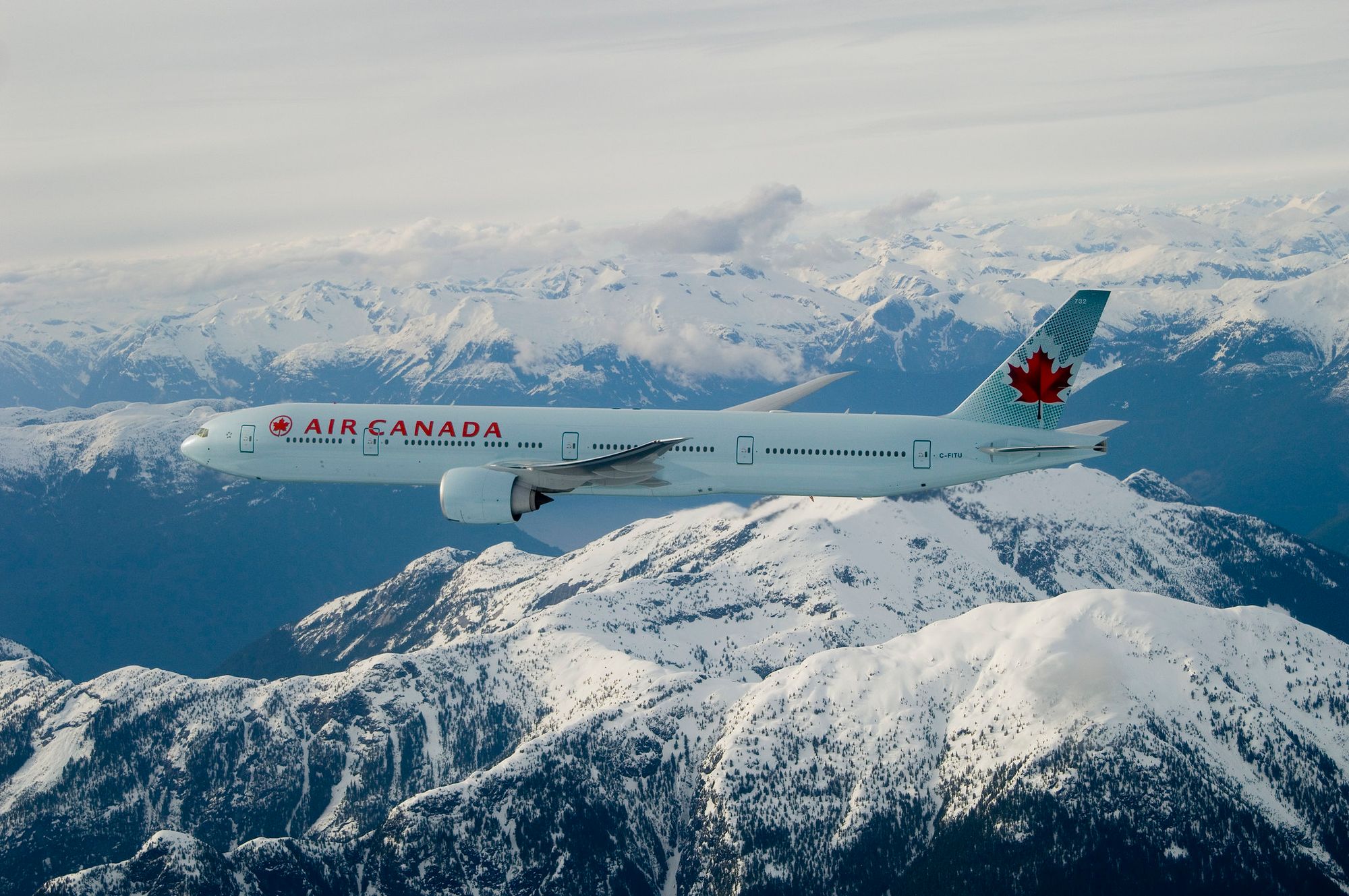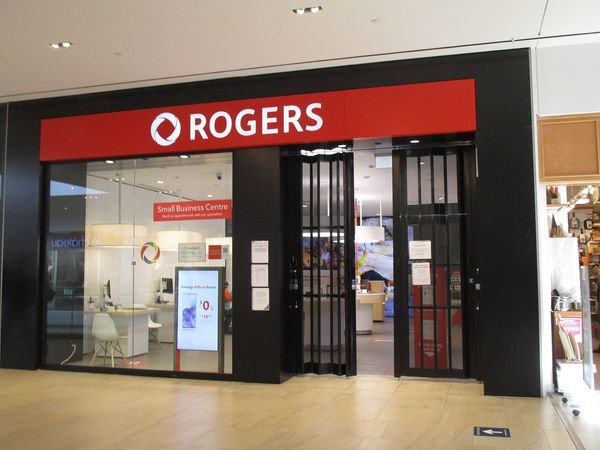The recent news of Air Canada having received $492 million from the government’s wage subsidy at the same time as they were denying many customers refunds on their flights has caused a new wave of anger at the national carrier.
As any Canadian will know, public anger at Air Canada is nothing new. Whether it’s delayed flights, missing bags or poor service, the airline doesn’t have the greatest reputation, and while Westjet was once considered far superior by some travellers, it’s increasingly come to resemble its main competitor.
The airline sector has been decimated by the pandemic, border closures and travel restrictions. Air Canada recorded an 88 per cent drop in its passenger numbers in the third quarter, paired with an 86 per cent decline in revenue — and it wasn’t the only airline to take public funds. Altogether, the federal government paid out $1.4 billion to cover the wages of airline workers.
But the record declines in air travel should force us to reflect on whether airlines — and the broader transport system — are serving Canadians’ needs, and whether 30 years of privatization and deregulation have delivered on their promises. I think we’ll quickly find they have not.
The Failure Of Privatization
Before 1988, Air Canada was owned by the federal government, and the airline industry was strictly regulated. However, deregulation in the United States increased the competition faced by the national carrier, and the general trend of privatization led Prime Minister Brian Mulroney’s Progressive Conservatives to do the same in Canada.
The earlier privatization of Canadian National Railway (CN) was used to argue in favour of doing the same to Air Canada, and it was promised that deregulation would increase competition, benefiting travellers. Instead, a public monopoly has given way to an effective duopoly, prices are far higher than in other countries and service quality has deteriorated over time.
Despite the privatization, it’s long been argued that Air Canada is still protected much like a Crown corporation. There was a political understanding in 1988 that even though Air Canada would be privatized, it couldn’t abandon small communities in its search for profits. Yet that hasn’t been the case for a long time, and it’s gotten much worse during the pandemic.
Air Canada cut 30 regional routes in June, and even more earlier this month. Westjet has similarly cut nearly all of its service to Atlantic Canada. Meanwhile, Greyhound stopped all national service in May and has yet to resume, leaving even fewer options for intercity bus services to fill the gap.
The question then is how to address these issues, especially when the federal government has so much leverage over the future of the airline industry. Publicly owned airlines remain incredibly common outside the West, but the trend toward privatization has started to reverse during the pandemic.
Alitalia was returned to public ownership in Italy, Germany took a 25 per cent stake in Lufthansa and France is poised to double its 14 per cent stake in Air France-KLM after previously requiring it cut 40 per cent of French domestic flights and give priority to rail services. There are already calls for something similar to happen in Canada.
On October 20, the Montreal-based International Association of Machinists and Aerospace Workers sent a letter to the federal government calling for Air Canada to be re-nationalized. They called the airline a critical public service that has suffered “unparalleled devastation.” The union is correct — but we should be thinking even bigger.
Creating A Public Intercity Transport Network
Leaving the national transportation system to private companies and market forces has been an abject failure. The airline industry has effectively been captured by two major companies, many towns lack reliable intercity bus services and VIA Rail is in desperate need of a bold vision (and the funds to make it a reality).
Air Canada should be returned to public ownership and the transport system better regulated, but the government shouldn’t stop there. Reliable, high-quality transportation services are essential to ensure Canadians can access health services, see friends and family, and make other necessary trips — especially outside major cities. The only way those services will be made available is if they’re properly funded and treated as a public service.
But what would that look like in practice?
Canada is a huge country, so airlines aren’t going anywhere. Yet that doesn’t mean they need to operate as they do now. Along with re-nationalizing Air Canada, the airline’s domestic routes should be examined to ensure small, remote communities are adequately served, while short-haul routes that can be reliably provided through other means should be cut, similar to what France has required of Air France.
While airlines are currently considered the core part of our intercity transport network, the government should make rail the backbone once again. That could include re-nationalizing CN, or simply building out a new network of tracks for an expanded intercity railway network.
VIA Rail has been waiting on a decision by the federal government on its high-frequency rail plan between Toronto and Quebec City for years, despite the Liberals’ claims to be focused on reducing emissions. But an expanded rail service will need to go far beyond that plan: it should include high-speed services that have been common in Europe and Japan for decades, greater frequency across the network and expansions to more parts of the country.
Not every community will get a new railway station, but that doesn’t mean they should be left out. Intercity buses are an often ignored but key piece of the intercity transport network, and leaving them largely to private companies has created gaps in service that have serious impacts on people’s ability to safely travel in their regions and provinces. That needs to change.
Planning Transport For The Public Good
Public airlines, trains and buses are all essential to creating a better transport system, but the key piece is planning. These various services should not only be controlled and funded by the government, but they need to be effectively planned so they complement one another, serve community needs, and incentivize a shift toward more sustainable transport modes where it’s possible.
There should be a role for communities in that process so they can have input on the services that are available to them and ensure schedules meet their needs, while having those desires coordinated as part of a national system that ties the different modes together.
Neoliberal transport policies of the past 30 years have failed Canadians, but the pandemic provides us with the perfect opportunity to rethink our priorities. Transport services exist to connect people with those they care about and the things they depend on. Their ability to make those trips shouldn’t be dependent on a company’s ability to turn a profit.








Member discussion